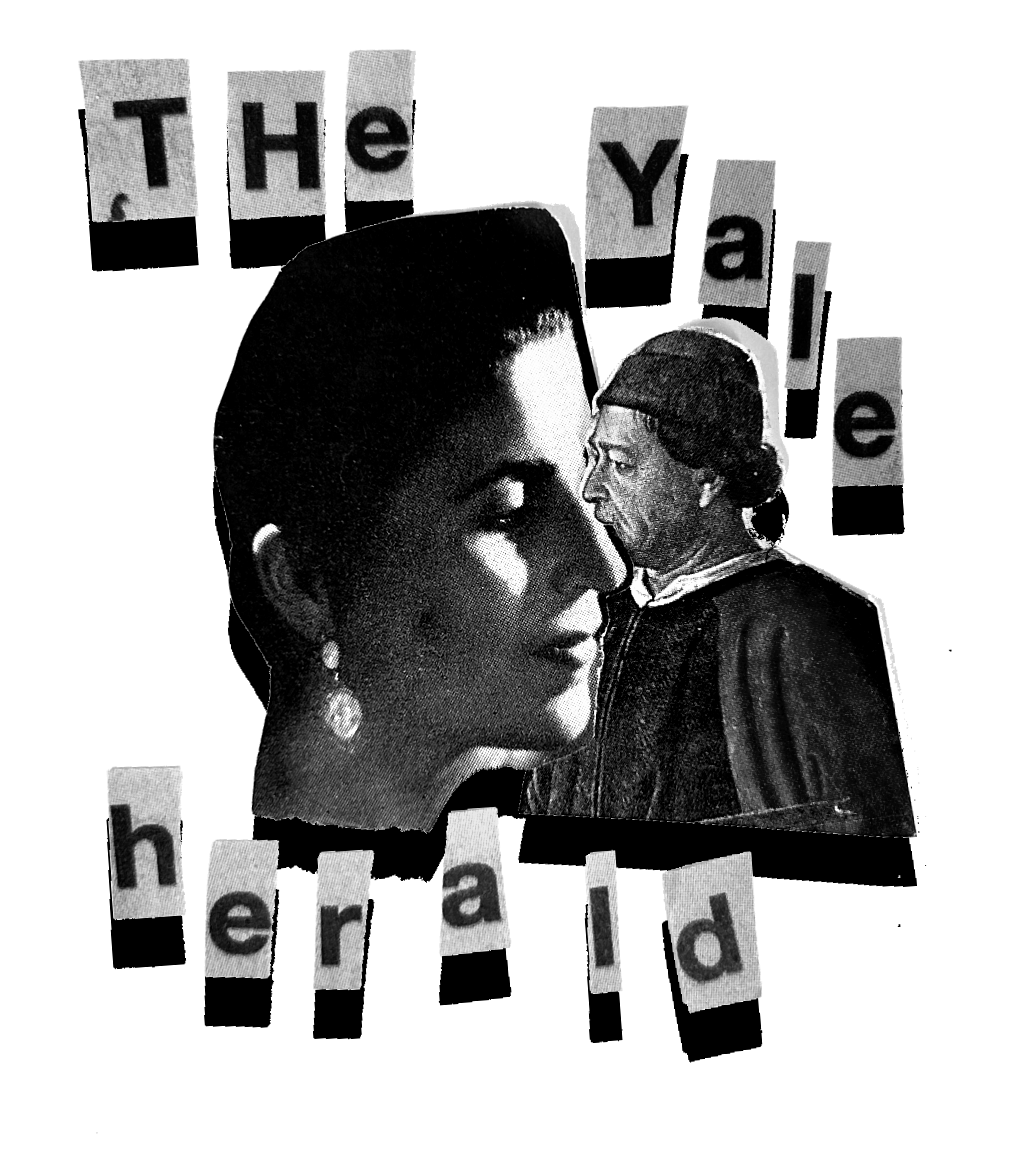The Yale Undergraduate Art Gallery houses an exceptional range of paintings, sculptures and installations—but there are none quite like Audrey Flack’s photorealist still-life Time to Save.
I spent one morning walking past—and admiring—Degas paintings of ballerinas in their slippers and tutus, the deliberate dabs of paint on the several Monet canvases that grace the wine-red walls of the museum, and the graceful brushstrokes of Botticelli’s Virgin and Child.
But none of them, their colours and contours soft and pastel, struck me like Time to Save (1979). It’s just that cool.
Hidden behind the bespeckled paintings of Jackson Pollock and the radiating colour palettes of Mark Rothko in the Modern and Contemporary Art section, I came across it by surprise. It’s a huge painting—spanning approximately 60 by 80 feet—and it assertively claims its place on the jagged white slates of the gallery wall.
The painting itself depicts a vivid bouquet of flowers in striking tones of red, yellow, and saturated blue. The background is subtle—ominous, grey, and full of delicate shadows. But the flowers aren’t the central objects of the piece. Instead, Flack hides morbid symbolism in her painting, depicting a skull, a watch, a die, and—very delicately—a pair of moths that balance on a single blade of grass.
The objects appear random, but Flack is deliberate. Time to Save is filled with clocks and skulls promising death and the passing of time. Perhaps Flack wants to highlight the importance of saving and spending time wisely within the constraints of human life. It’s on the nose. It’s in your face. But good art should whack you over the head with realizations you’d rather not confront.
My favorite thing about Time to Save is how it’s painted. Although it’s oil and acrylic on canvas, the painting looks like a Photoshopped picture out of a ’70s fever dream. It’s a glossy kind of realism, and Flack wants you to really look to realize that it’s paint you’re viewing. Only when you stand really close to it are you able to see the swatches of acrylic. As you approach from afar, the shifting contours of the painting focus and unfocus in hazy ambiguity. It’s disconcerting; that’s why it works.
Flack’s boldness is set off by the delicate composition and geometry of the piece. Her objects sit at weird angles; the die seems to be suspended in mid-air; the moths appear as though they could flutter away at any moment. The painting holds its breath, and it unsettles the viewer. It’s what made me stop the first time I walked past it. Flack literally “saves” time, immortalizing a moment, and forcing her viewers to engage with immediacy.
As I walked out, the image of Audrey Flack’s still-life burned itself into my memory, and I couldn’t help but feel like I had saved a little time.
The Yale Undergraduate Art Gallery houses an exceptional range of paintings, sculptures and installations—but there are none quite like Audrey Flack’s photorealist still-life Time to Save.
I spent one morning walking past—and admiring—Degas paintings of ballerinas in their slippers and tutus, the deliberate dabs of paint on the several Monet canvases that grace the wine-red walls of the museum, and the graceful brushstrokes of Botticelli’s Virgin and Child.
But none of them, their colours and contours soft and pastel, struck me like Time to Save (1979). It’s just that cool.
Hidden behind the bespeckled paintings of Jackson Pollock and the radiating colour palettes of Mark Rothko in the Modern and Contemporary Art section, I came across it by surprise. It’s a huge painting—spanning approximately 60 by 80 feet—and it assertively claims its place on the jagged white slates of the gallery wall.
The painting itself depicts a vivid bouquet of flowers in striking tones of red, yellow, and saturated blue. The background is subtle—ominous, grey, and full of delicate shadows. But the flowers aren’t the central objects of the piece. Instead, Flack hides morbid symbolism in her painting, depicting a skull, a watch, a die, and—very delicately—a pair of moths that balance on a single blade of grass.
The objects appear random, but Flack is deliberate. Time to Save is filled with clocks and skulls promising death and the passing of time. Perhaps Flack wants to highlight the importance of saving and spending time wisely within the constraints of human life. It’s on the nose. It’s in your face. But good art should whack you over the head with realizations you’d rather not confront.
My favorite thing about Time to Save is how it’s painted. Although it’s oil and acrylic on canvas, the painting looks like a Photoshopped picture out of a ’70s fever dream. It’s a glossy kind of realism, and Flack wants you to really look to realize that it’s paint you’re viewing. Only when you stand really close to it are you able to see the swatches of acrylic. As you approach from afar, the shifting contours of the painting focus and unfocus in hazy ambiguity. It’s disconcerting; that’s why it works.
Flack’s boldness is set off by the delicate composition and geometry of the piece. Her objects sit at weird angles; the die seems to be suspended in mid-air; the moths appear as though they could flutter away at any moment. The painting holds its breath, and it unsettles the viewer. It’s what made me stop the first time I walked past it. Flack literally “saves” time, immortalizing a moment, and forcing her viewers to engage with immediacy.
As I walked out, the image of Audrey Flack’s still-life burned itself into my memory, and I couldn’t help but feel like I had saved a little time.



